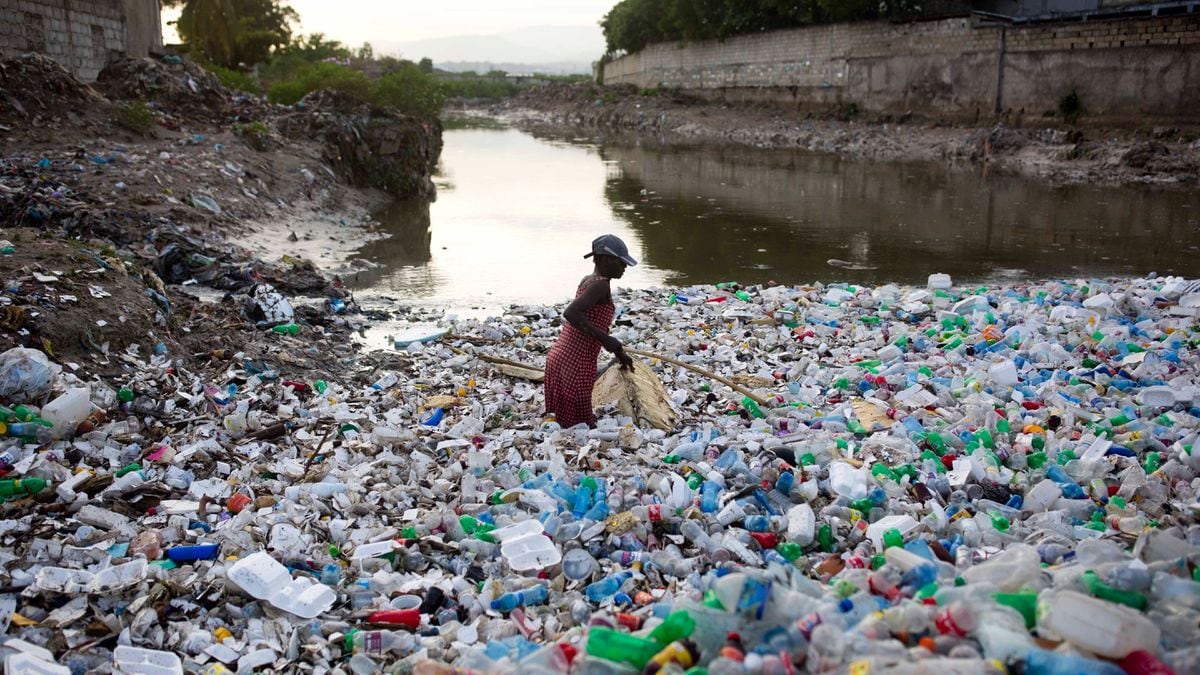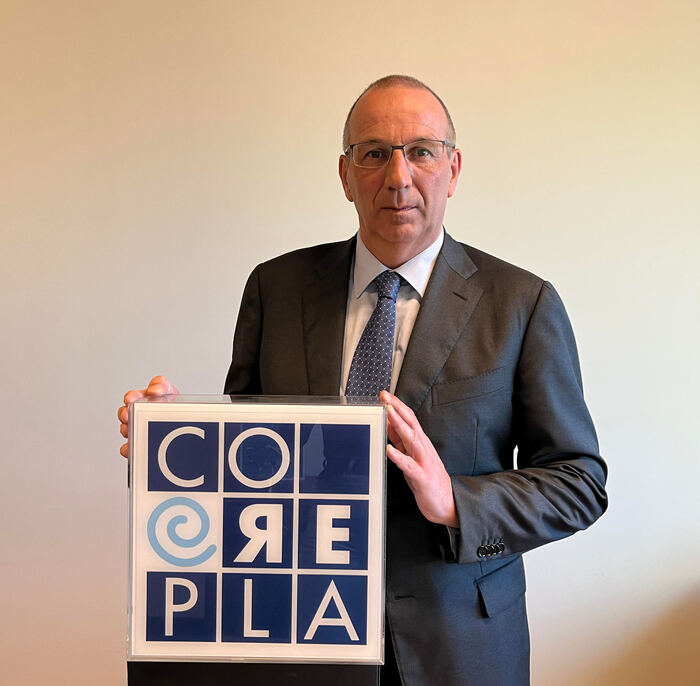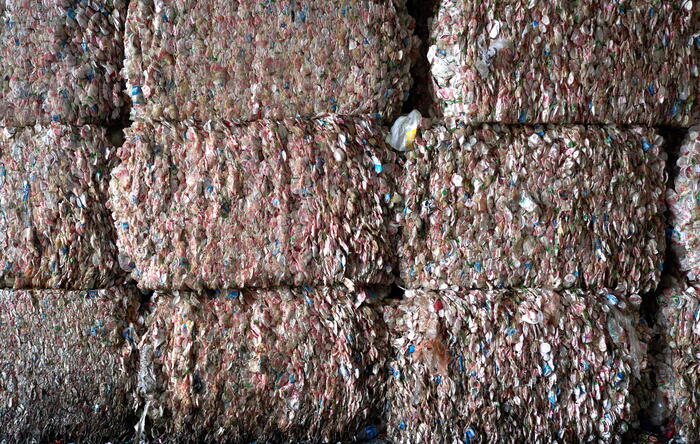120 kilometers from the Chilean coast, on industrial land south of Santiago, it smells of the sea.
In winter, you can even see mussels among the forklifts and the hills of fishing nets.
Inside the factory, yes, you can breathe hot plastic.
Michel Compagnon, 47, grew up inhaling that smell in the Comberplast plants that he runs today as the company's commercial engineer.
The difference with the products that the brand manufactured when it was in the hands of his father is that the aroma is now recycled plastic.
Every year they shred about 5,500 tons of waste from nylon nets, polyester ropes or plastic pallets, and every 50 seconds a machine spits out a new product: from boxes to skateboards or sunglasses.
“Plastic is the best material in the world, but we use it badly.
It is not garbage, it is raw material ”,
When society began to be aware that plastic was one of the most polluting materials on the planet, around 2000, the Compagnons decided to set up a recycling plant.
They also decided not to manufacture any single-use product, only with a long useful life and that could be reused.
“We walked through the desert for a long time.
The least our clients told us was that we were crazy, but when the circular economy became fashionable, we had been doing it for 15 years.
We no longer had to go knocking on doors.
They were the ones who came here”, says the engineer.
Five years ago, Comberplast manufactured less than a thousand tons of recycled plastic per year, a figure that has been growing exponentially and that by 2023 it expects to reach 10,000.
01:47
Recycling of fishing nets |
THE COUNTRY
Michel Compagnon, Comberplast commercial engineer. Photo: Cristián Soto Quiroz |
Video: EPV
Two million tons of plastic were manufactured in the world in the middle of the last century.
In 2021, production reached 461 million tons, after an accelerated increase in the last two decades, according to figures from the Organization for Economic Cooperation and Development (OECD).
Of the total that is put on the market annually, barely 6% comes from recycling.
On her 2016 vacation, Compagnon visited Patagonia with her family.
In addition to the natural landscape of the southern zone, she came across many ropes —resistant ropes linked in the form of meshes that polluted the fjords.
More than 140 million tons of plastic pollute aquatic ecosystems, according to the OECD.
With the mentality that plastic has a second life, the engineer took a couple in his suitcase: “For me they were throwing away raw material.
What had to be done was to remove it from the environment and return it to human use.”
After technical work, his team managed to break the ropes to give them a new use.
He then contacted fishermen's unions, knowledgeable about the area, and offered to pay them per kilo of rope waste.
They would collect them in their boats and take them to collection centers.
With the ability to break them and turn them into pieces for construction, agriculture or mining, the "Tando Cabos" program was born, winner of the Latin America Green Award 2019. "When we managed to get the entire chain to win, it turned into a snowball," he says. Compagnon.
Ropes represent about 50% of the material recycled at Comberplast, followed by fishing nets (20%) and plastic pallets (20%).
In 2022, they made $15 million.
A worker with the shredded ropes, before they are turned into plastic pellets that can be used for other products.Cristian Soto Quiroz
Almost 2,000 kilometers north of Patagonia, in Coquimbo, Osciel Velasquez, a former artisanal crustacean fisherman and president of the National Fisheries Society (Sonapesca) found out what they were doing at Comberplast.
In 2016, he filled his truck with 600 kilos of disused fishing nets and arrived at the recycling plant thanks to the advice of Bureu, another company that does the same.
“The networks that no longer served were a piece (problem).
The landfills claimed that they took 500 years to disintegrate and many crew members threw them directly into the sea,” says Velasquez, adding: “When a fishing company occupies their nets, they have to pay to send them to a landfill.
Now they are passed on to a waste operator.”
The recycling machine got going and turned the nets into objects ranging from ergonomic chairs to sportswear.
“Now we have the entire industry engaged in bringing networks together,” he adds.
They have already delivered more than 6,000 tons of the material and the alliance with Comberplast wants fishing nets to go from being 20% of the material they recycle to 50%.
Sonapesca joined the Latin American Alliance for Food Security through Sustainable Fishing (ALPESCAS), made up of 12 countries in the region, an organization that today is also chaired by Velasquez.
From there, in 2021 they created the “Networks of America” program, currently made up of six countries, including Argentina, Mexico and Peru.
Redes para América's three-year goal is to collect 4,500 tons of disused fishing nets, of which 55% have already been collected.
The next step, says Velasquez, is to leave 15 cents per kilo of the material in the communities that deliver it to promote the circular economy.

/cloudfront-eu-central-1.images.arcpublishing.com/prisa/HRQBYVNVIZCFPL4EMZNXYZV3F4.jpg)
/cloudfront-eu-central-1.images.arcpublishing.com/prisa/NIFZFFYBFVAU5FVWDHC43ESC5M.jpeg)






/cloudfront-eu-central-1.images.arcpublishing.com/prisa/BUA2NNBCCBACHEPXXR6NIRKCA4.jpg)





